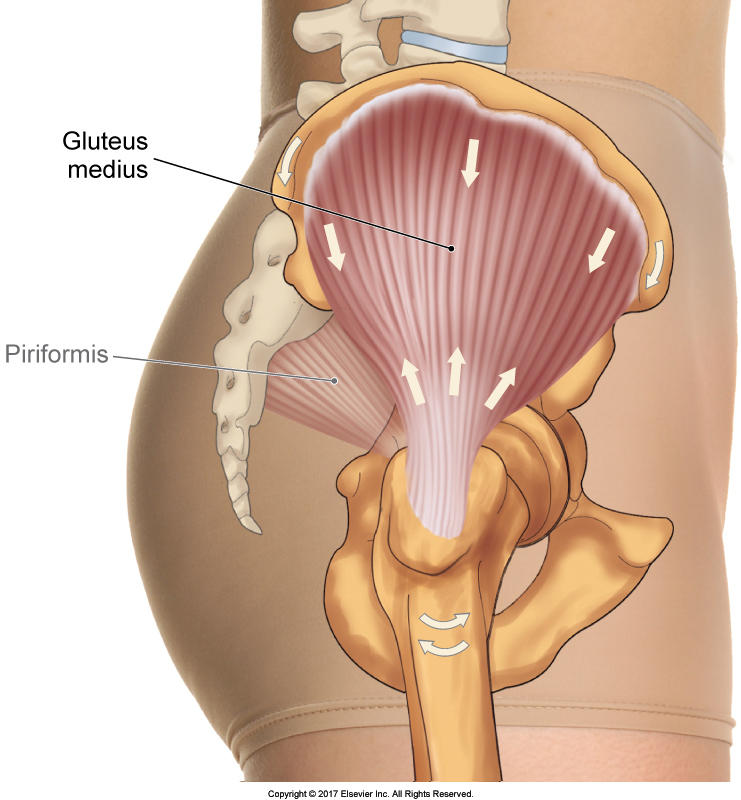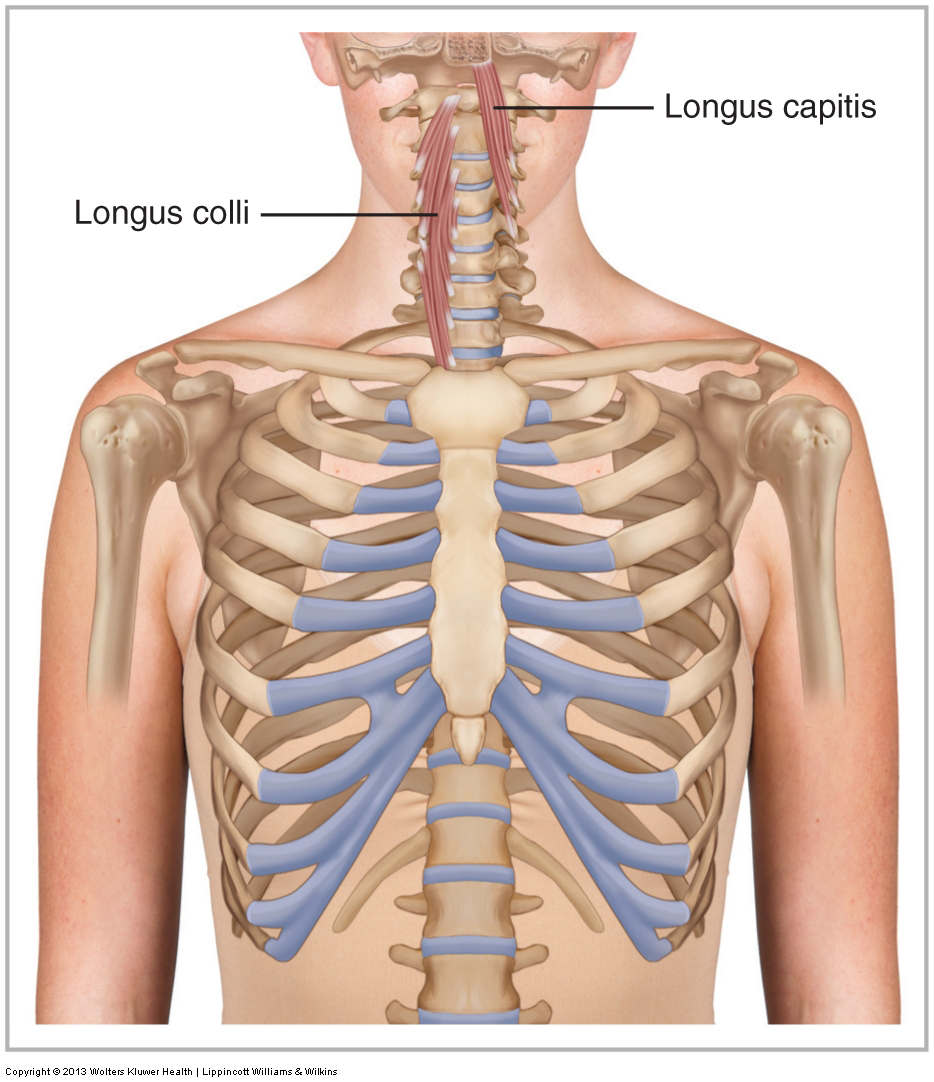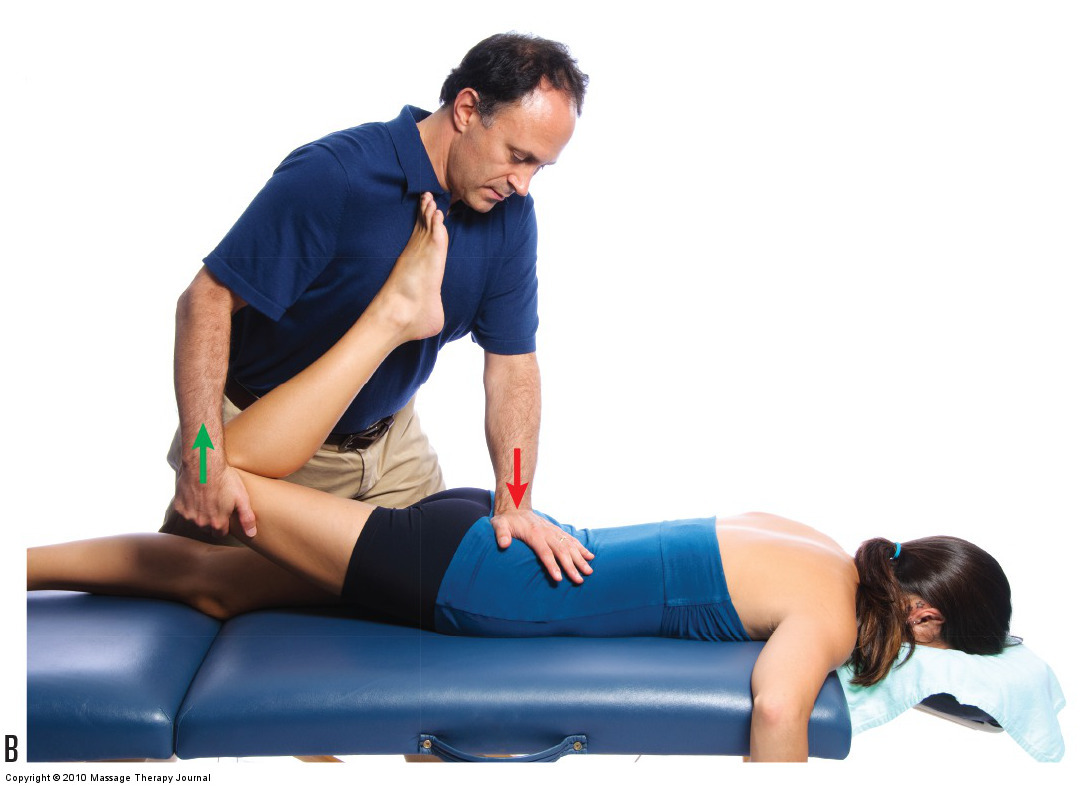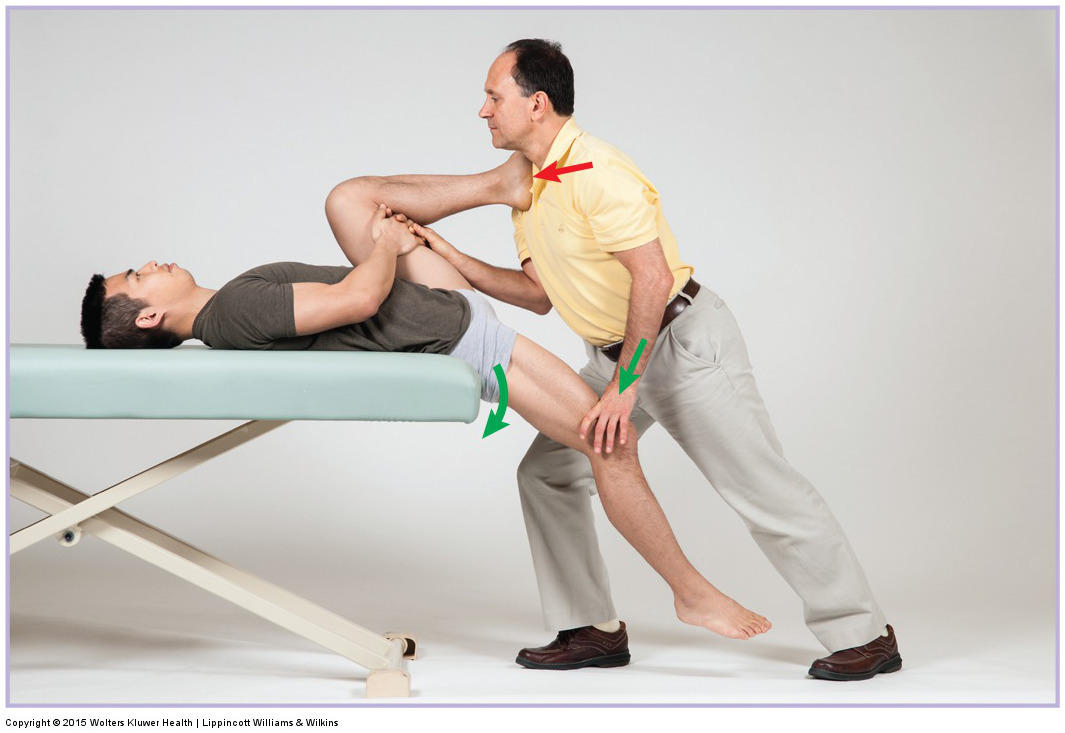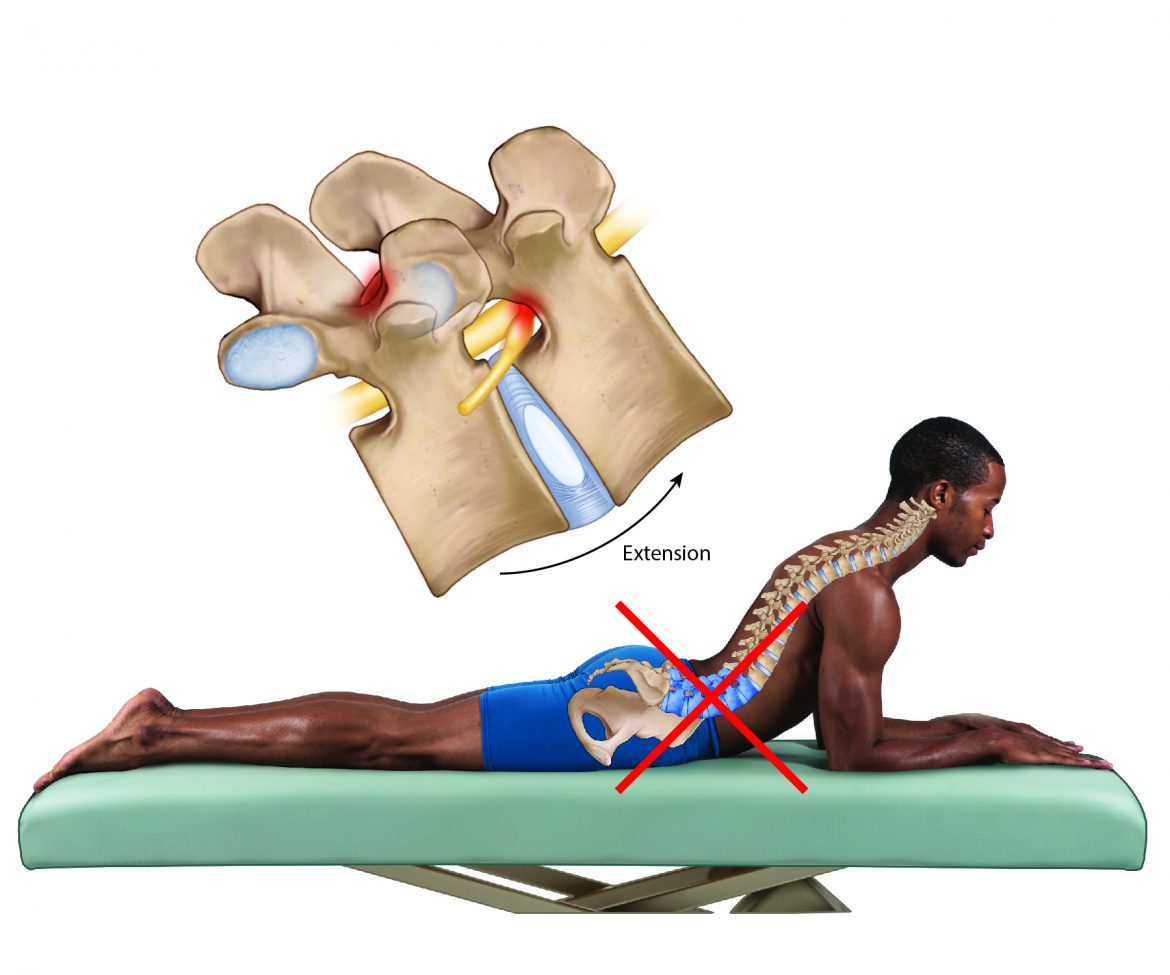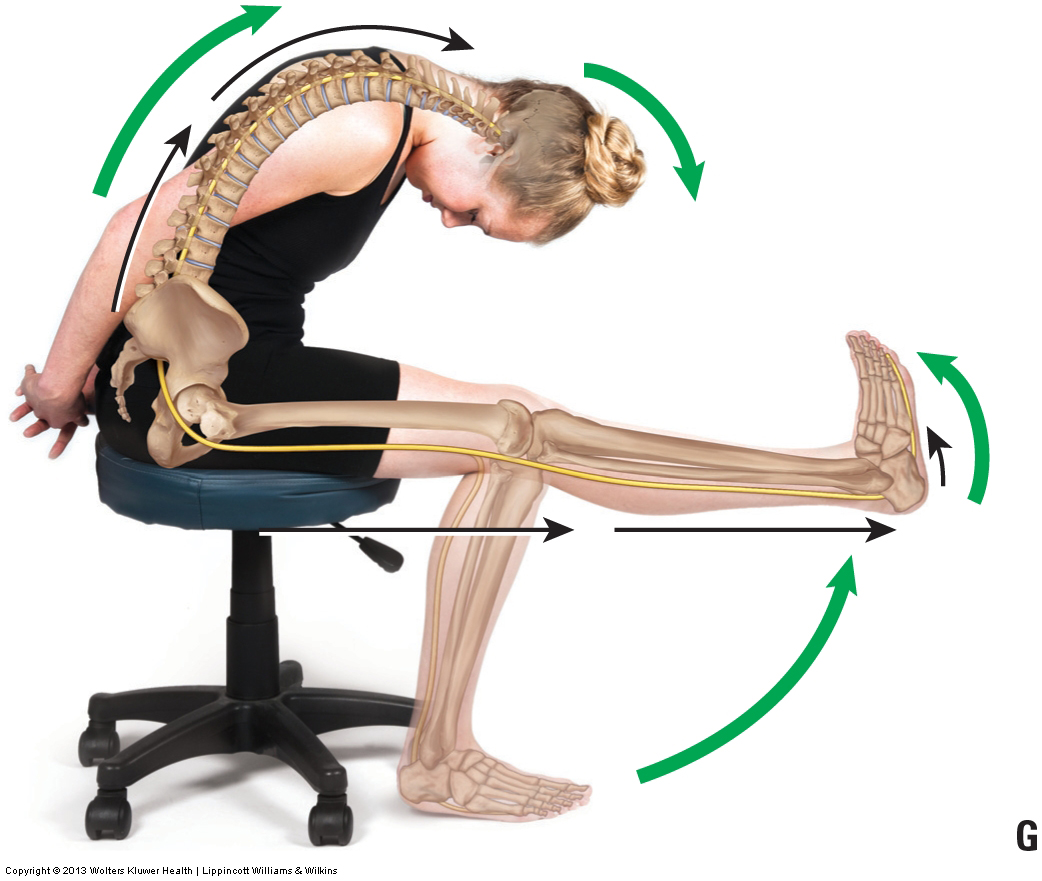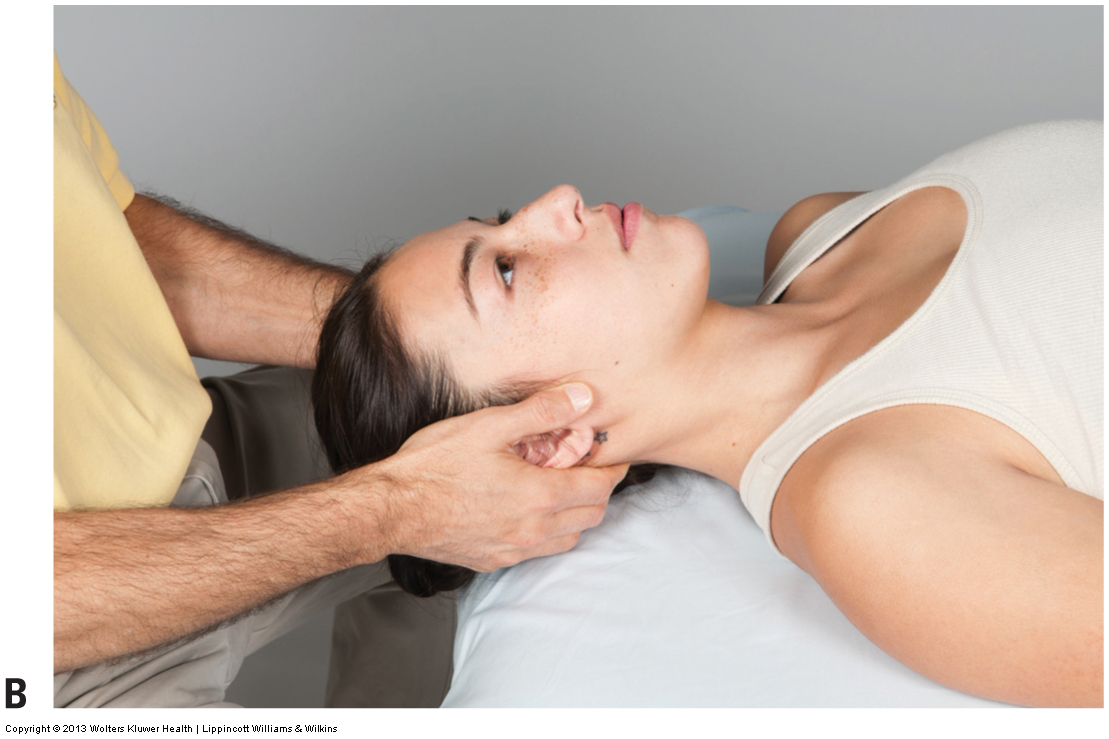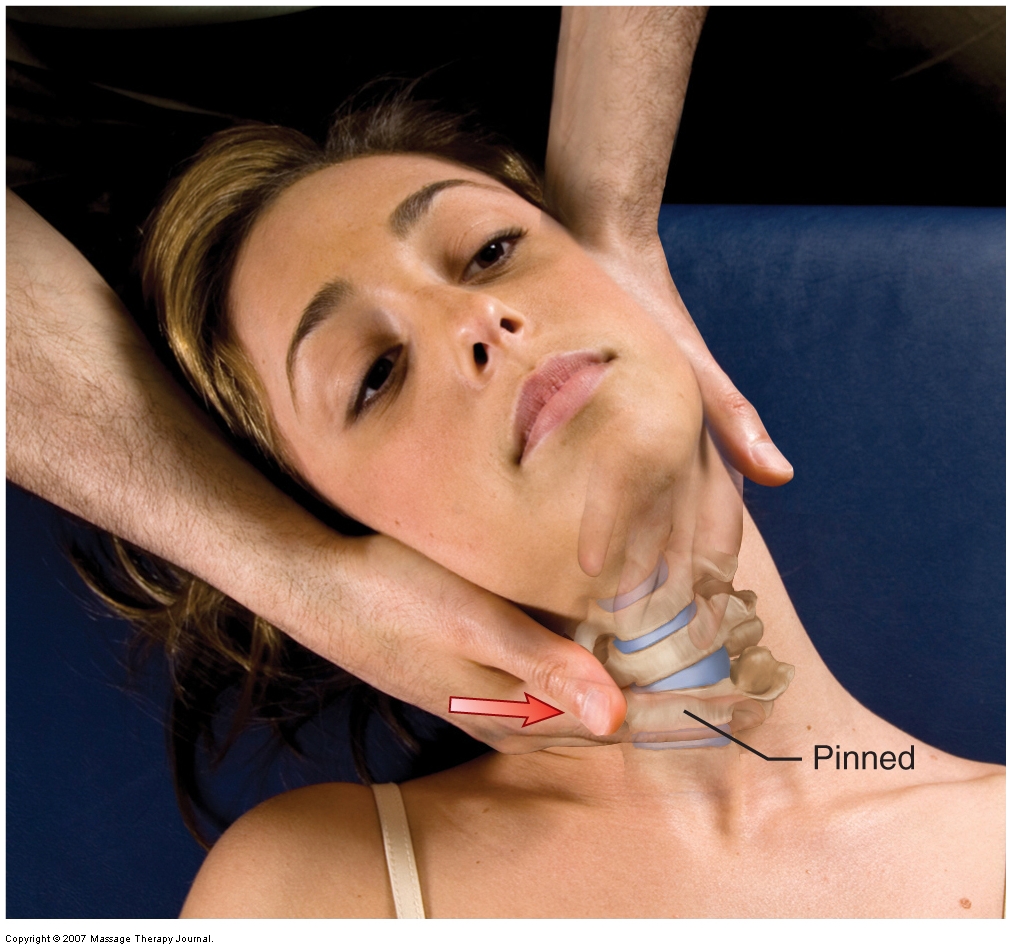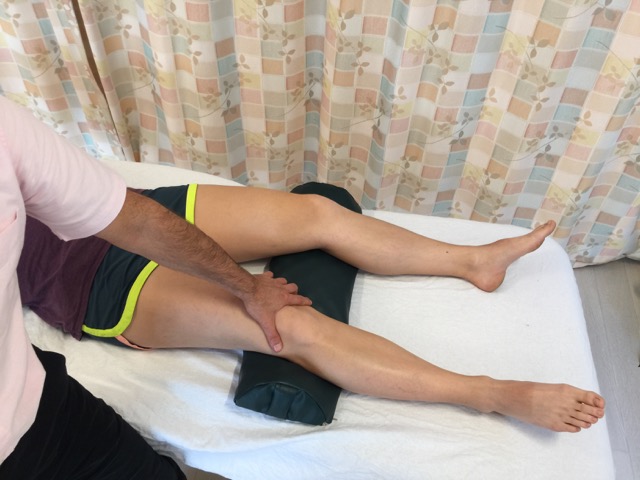Patients with lateral hip pain on Single Leg Stance and who are not palpably tender over the greater trochanter are unlikely to have gluteal tendinopathy.
The Role of Longus Colli & Longus Capitis in Cervical Spinal Stabilization
Could it be that longus muscles act as length-variable sensors, contributing to stability and adaptability, via their rich mechanoreceptor capabilities…
Nachlas and Yeoman’s Special Orthopedic AssessmentTests
This blog post article is part of a series of articles on assessment of the low back and pelvis. Scroll to the end of this article to see the others in this series. Nachlas and Yeoman’s Tests Nachlas’ test and …
Introduction to Physical Examination Assessment of the Low Back and Pelvis
If the test creates signs/symptoms, but not the signs/symptoms of the condition for which the test is designed, then the test is considered to be negative.
Introduction to Assessment of the Low Back and Pelvis
Treatment should never be administered without a diagnosis. In the world of manual therapy, treatment should only be performed if an assessment is made.
Special Orthopedic Assessment Tests – Space Occupying Conditions – Slump Test
The slump test places tension on the spinal cord and PNS. It assesses a space occupying condition of the cervical and lumbar spine, as well as TOS.
Special Orthopedic Assessment Tests for the Neck – Space Occupying Conditions
The term “space occupying condition” is used to describe a condition in which there is compression on a spinal nerve in the intervertebral foramen.
Overview of Physical Examination Assessment of the Neck
If a physical examination assessment test creates signs/symptoms of the condition, it is positive and the therapist knows that tissue is unhealthy.
Signs, symptoms, and assessment (diagnosis) of patellofemoral syndrome
Patellofemoral syndrome can be easily assessed/diagnosed by employing the orthopedic assessment test known as patellofemoral syndrome test.

